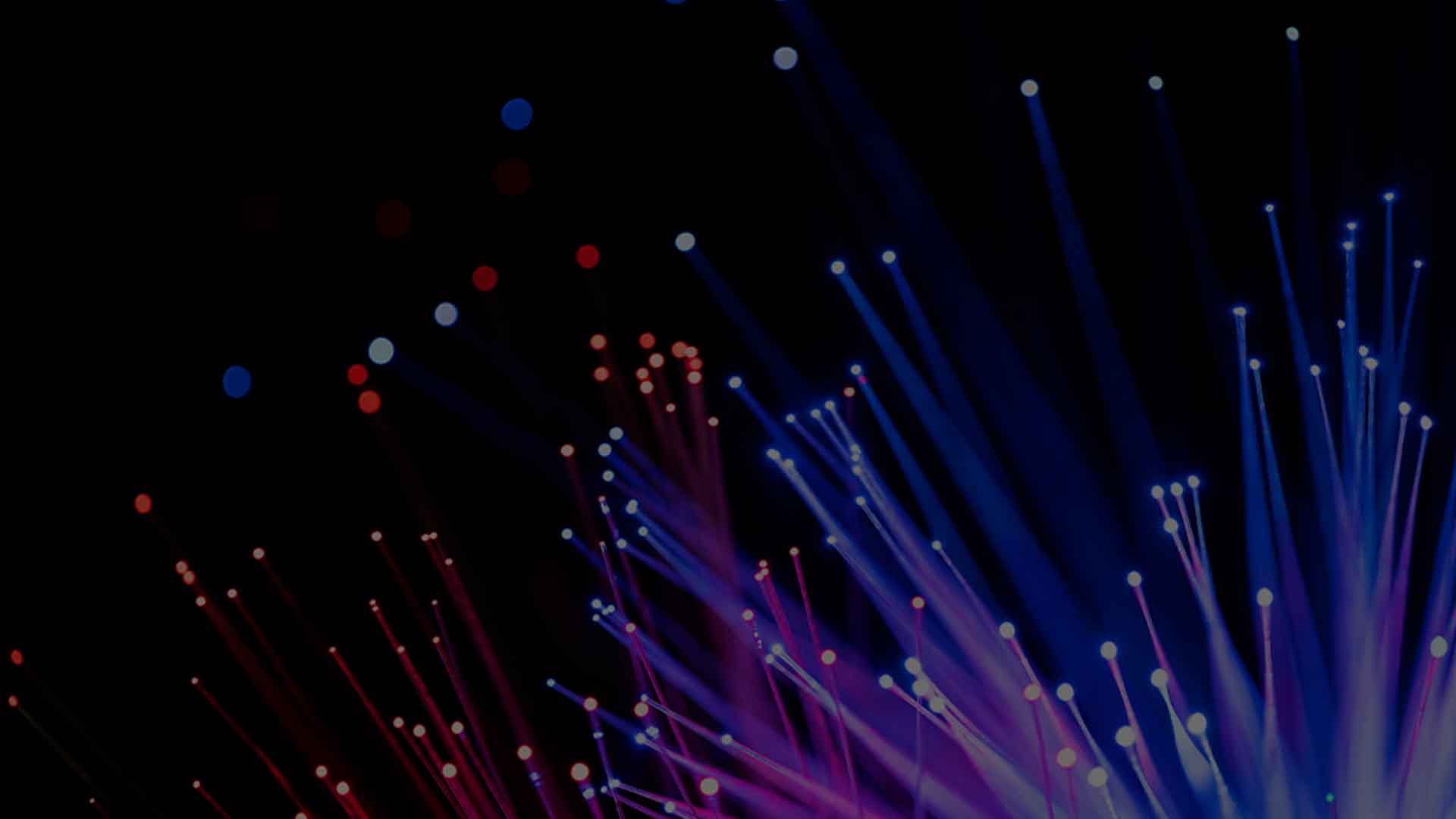NEW GENERATION
FIBER OPTIC
LIGHTING
When deciding between fiber optic lighting and LED lighting.
it's essential to consider several factors. Both technologies have their own advantages and disadvantages, and the best option for you will depend on your specific needs and preferences. One of the main advantages of fiber optic lighting is its ability to transmit light over long distances without losing intensity, making it ideal for applications where light needs to be directed to specific locations, such as star ceilings or highlighting artwork. Fiber optic lighting also offers more design flexibility since fibers can be bent and shaped to fit any space. Another advantage of fiber optic lighting is that it generates very little heat, making it safer for use in environments where flammable materials may be present, such as theaters or museums. Additionally, fiber optic lighting is more energy-efficient compared to traditional incandescent lighting, potentially saving you money on energy bills. On the other hand, LED lighting is known for its long lifespan, typically lasting up to 50,000 hours or more, which is significantly longer than traditional incandescent bulbs. LED lights are also more energy-efficient than incandescent bulbs, further reducing energy costs. In terms of color options, LED lights offer a wider range compared to fiber optic lighting, which is typically limited to white or colored light. In conclusion, both fiber optic lighting and LED lighting have their own advantages and disadvantages. Fiber optic lighting is best suited for applications where light needs to be directed to specific locations and offers more design flexibility, while LED lighting is known for its long lifespan and wider color options. CoraxAds, one of the leading companies in the fiber optic lighting industry, offers a wide range of products, including colored and motion-animated lighting kits, star ceiling kits, and solar fiber optic lighting solutions, catering to various lighting needs.
APPLICATIONS
APPLICATIONS
APPLICATIONS
FOR YOUR PROJECT



